Following yesterdays dramatic conclusion of the 2016 Formula 1 season in Abu Dhabi, 3DPI look ahead to the 2017 season and the imminent car changes. It is widely known that F1 teams use 3D printing in the development of their cars and it is apparent that rapid prototyping has advantages in F1, particularly if the less secretive Formula Student is anything to go by. 3D printing is an obvious tool for working on a high performance car that is constantly evolving and changing. And as with aerospace, where many advances in 3D printing are first seen, F1 racing can also provide some indications of what might be next in 3D printing.
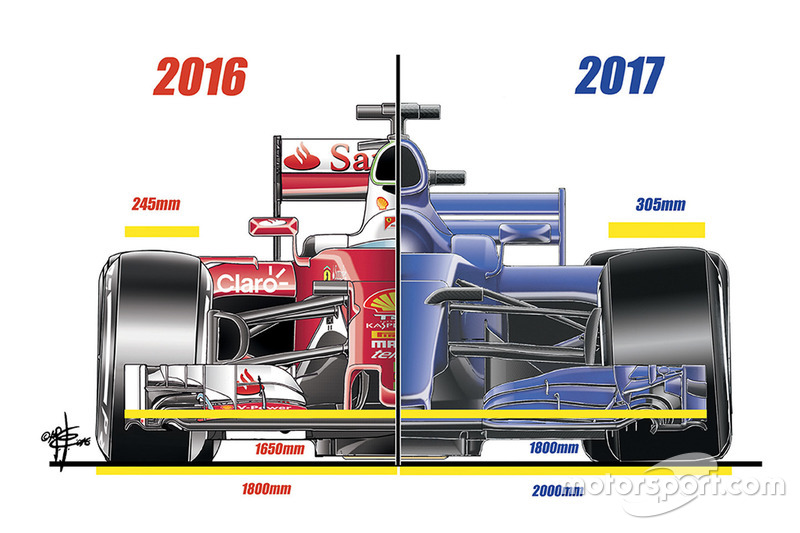
Prototyping rather than final design
Secrecy of design is incredibly important to F1 teams, therefore it rare for a team to disclose details of their specific use of 3D printing. However, over the years some teams have been semi-vocal with their relationship with the technology. More publicly F1 ‘s use of 3D printing is visible with trophies in 2014 being 3D printed and elements such as headsets also being made using the technology. These things we know.
It is the use of 3D printing behind closed doors and away from the track that is most secretive. Many teams are using the technology in order to test car design. As regulations decrease the amount of time a team is allowed to test on a track, wind tunnel testing is becoming more and more crucial. Added to the speed of manufacture, 3D printing is vital as it allows rapid iteration and refinement of designs.
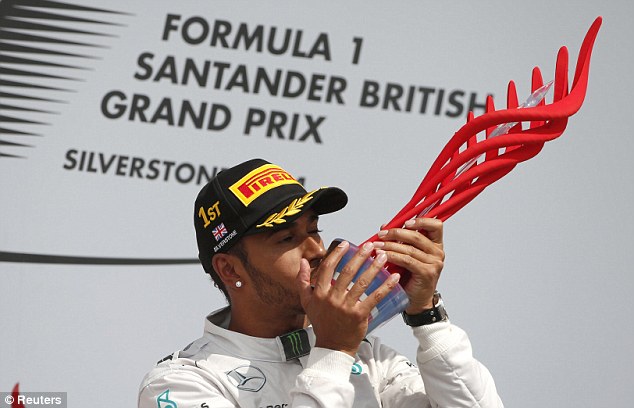
Force India
Currently, the main use of 3D printing in F1, as Force India divulged to 3DPI back in 2013, is in testing. Force India tests their 3D printed parts in the wind tunnel to evaluate aerodynamic qualities. Bob Fernley explained to us that 3D printing has significant value for Force India which is why they partnered with 3D systems. Fernley expects that as 3D printing advances, the use of additive manufacturing in F1 will expand into bigger parts: and parts that are suitable to race with. Despite these statements back in 2013, many teams remain tight-lipped about their manufacturing partners. Few teams disclose this information, Red Bull Racing, Force India, and Williams being the exceptions.
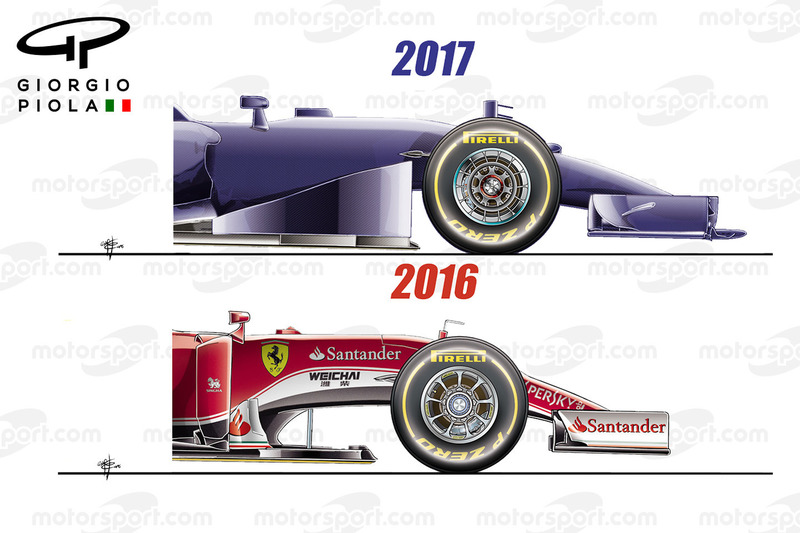
Red Bull Racing
Red Bull racing have also disclosed some of their 3D printed secrets. Speaking to Trusted Reviews in 2014, Red Bull explained they used 3D printing to produce prototype parts which they then tested in a wind tunnel. 3D printed parts were produced for a 60% scale race car which allows Red Bull to gauge effectiveness of a part before its manufacture. Elsewhere, Williams Racing’s website lists EOS as one of their partners for manufacturing solutions. EOS being a large 3D printing company, focused on Direct Metal Laser Sintering.
On display during formnext were EOS 3D printed F1 brake pedals. Made as part of the Materialise 3-matic project the brake pedals shown were made on an EOS M290 with EOS Titanium Ti64. The challenge was to produce a part in titanium that was stiffer than the aluminium normally used. The results show a hollow structure with weight savings of 80g and a reduction in the displacement of stresses from 1.8 mm to 0.6 mm.
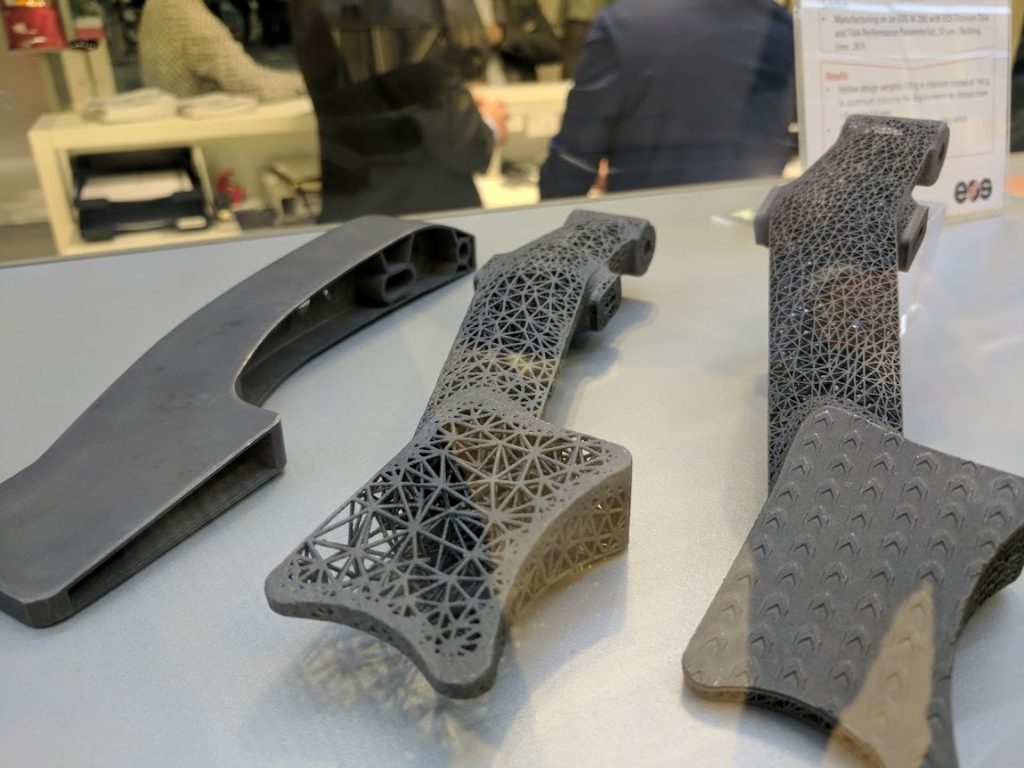
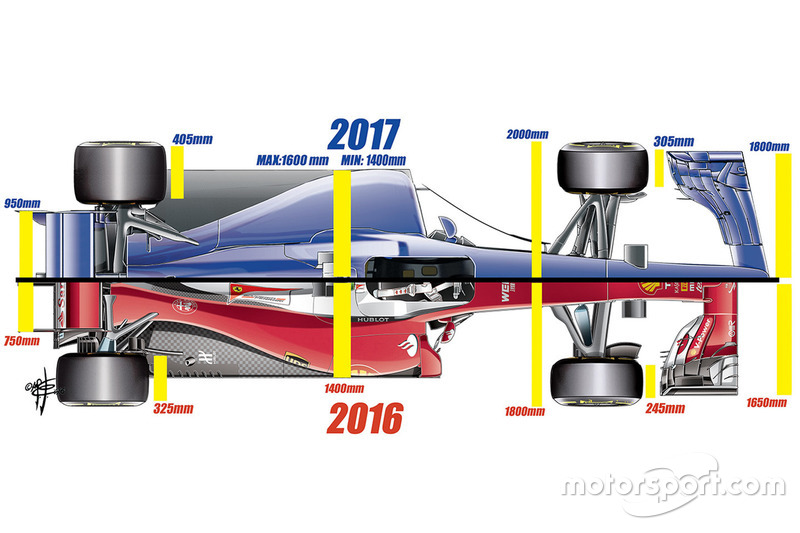
New 2017 regulations
Moving into Formula One in 2017, the main focus of discussion is the car’s more aggressive look. With fatter tires, wider front and back wings the car will have a different aesthetic while of course being faster around the track. In order to adapt to these changes, expect F1 teams to be tinkering with 3D prints in their quests to stay ahead. However, don’t expect Mercedes to reveal how they managed to dominate this years championship from beginning to end. Perhaps we can speculate 3D printing was their secret to success since they haven’t yet said otherwise.
Featured image shows Rosberg celebrating championship win. Photo by David Davies/PA.



